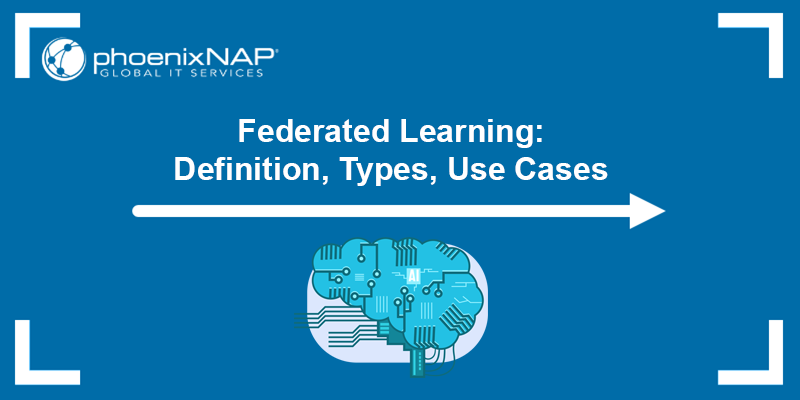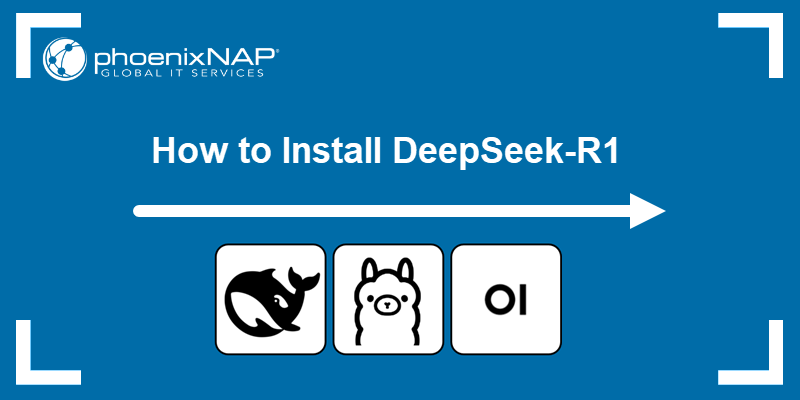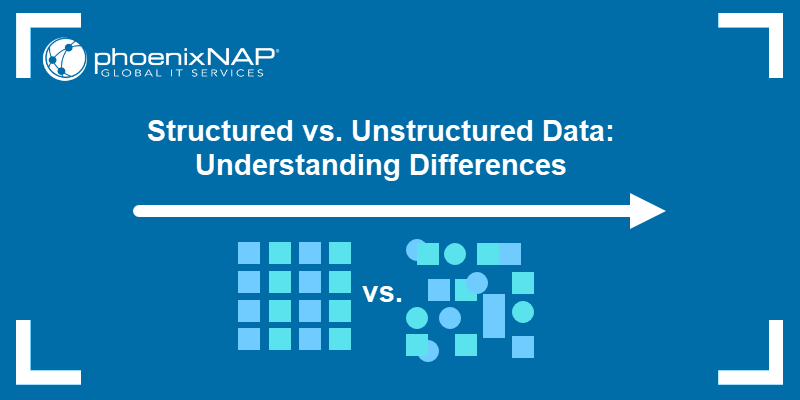Many internet users are starting to feel that search engines are no longer the go-to solution for retrieving information. They are turning to AI prompts for a personalized, interactive experience with more focused responses.
Modern AI models can summarize and interpret endless data sets, generate images, quickly write entire computer programs, and engage in meaningful conversations across multiple languages. They do this by recontextualizing and reformatting existing data into actionable knowledge.
To stay competitive, businesses must adapt to this new environment and integrate generative AI into their knowledge management strategies.
Find out how AI-driven knowledge generation works and what it means for your organization's future.
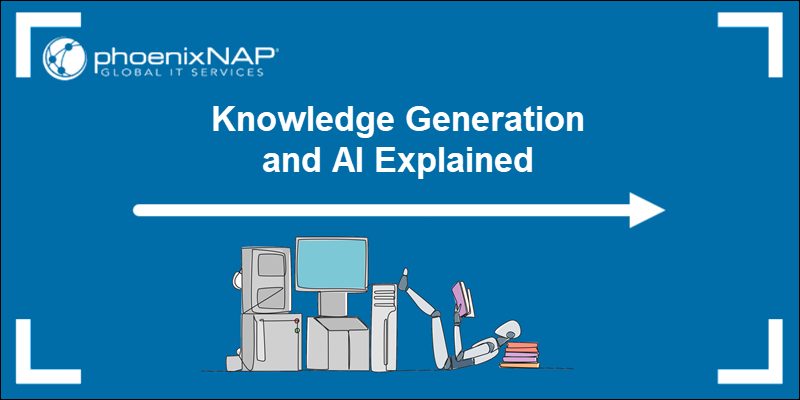
What Is Knowledge Generation?
Humans generate knowledge by observing, researching, and experimenting to understand themselves and their environment better. Through this process, we gain new insights and ideas that help us solve problems, make informed decisions, innovate, or advance a field of study.
There are several knowledge management models that explain how knowledge is created. Organizations frequently use the SECI model to develop a practical framework for managing and sharing knowledge assets.
This model describes how tacit (intuitive) and explicit (formalized) knowledge interact through four stages:
- Socialization. People gain hands-on skills and informal knowledge by working together, communicating, and observing how other people approach their tasks.
- Externalization. The knowledge collected through socialization is structured into formal procedures, guides, diagrams, and other training materials.
- Combination. The externalized knowledge is synthesized and analyzed to come up with new insights, best practices, and theories.
- Internalization. Individuals take in the combined and reorganized knowledge and use it to refine their skills and intuition. The newly generated knowledge is then shared with others through socialization, and the process starts from the beginning.
Within the SECI framework, generative AI operates primarily in the Combination phase, where it performs advanced computations on large datasets and analyzes known patterns to generate useful outputs.
When an AI model generates content, it does not create new knowledge the same way humans do, as it cannot experience the world directly. It identifies patterns and restates existing information in a new format. The patterns are new, but the underlying knowledge is not.
How Does AI Knowledge Generation Work?
Artificial Intelligence takes in large volumes of data, analyses it, and provides output based on learned patterns. The process of generating knowledge includes the following steps:
- Training. An AI model receives a lot of example data and learns to analyze the information and recognize patterns. Machine learning algorithms adjust the model's internal settings and reduce the difference between its predictions and the correct answer.
- Inference. Once trained, the AI model can take in new, unseen input and generate outputs based on what it has learned. This process is called inference, where knowledge is put into action through predictions and recommendations.
- Ingesting data. AI systems are fed vast amounts of raw or preprocessed real-world data. This includes unstructured formats, like images, text, and videos, and structured data from databases, APIs, and CSV files.
- Interpreting the data. AI algorithms break the real-world input data into meaningful components to identify patterns and correlations and interpret them based on the context it has learned.
- Providing an output. The model generates a result in the form of a summary, visualization, prediction, or suggestion based on the provided input. The goal is to deliver a clear and useful output that a person can easily understand and act on.
- Continuous learning. Some AI systems continue to learn after deployment using techniques like online learning or fine-tuning to adapt to new data and changing environments. The goal is to allow AI models to apply existing knowledge to new tasks with minimal additional training or to learn through trial and error.
Note: The type of training, data, AI technology, and architecture determines what kind of output the system can generate. For example, Natural Language Processing (NLP) models like GPT are designed to generate text-based content based on learned language patterns but are not well-suited for interpreting or generating images.
Why Is AI Knowledge Generation Important?
The launch of ChatGPT in late 2022 marked a turning point in public access to generative AI. Suddenly, individuals could use powerful language models to generate content and complete tasks that once required teams of experts.
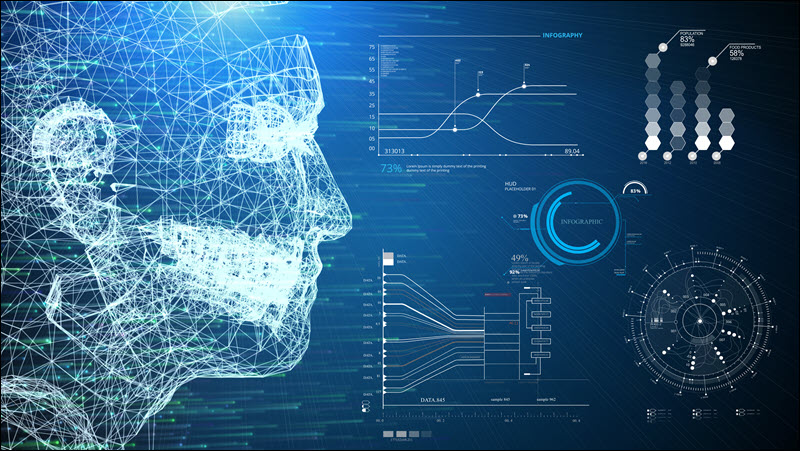
AI models cannot interpret ambiguity and cultural nuances or make ethical judgments. We still need human intuition and contextual awareness for that. However, AI-generated knowledge is still invaluable because it strengthens:
- Democratization. AI is leveling the playing field and paving the way for equal opportunity. People from diverse socioeconomic backgrounds, education levels, and regions have equal access to expert-level insights.
- Productivity. Repetitive and time-consuming tasks are being automated, allowing individuals to do more with less effort. This frees time for strategic thinking, problem-solving, and other high-value work.
- Scientific research and innovation. Hypotheses can be tested, literature reviewed, and research results analyzed in minutes instead of weeks or months. This is especially noticeable in fields with lengthy and expensive research cycles, such as climate science, genomics, and renewable energy.
- Decision Making. AI-generated insights allow people to make informed decisions about important issues such as health, finance, and personal safety with much more certainty.
- Education. Learning materials can be personalized in real-time to match the learner's level, speed, and preference, making education more engaging and inclusive.
- Translation and communication. AI can translate content in real time with minimal friction. This breaks down major language barriers in business, education, and daily life.
- Cognitive offloading. Using generative AI to organize information, summarize reading materials, and answer routine questions allows individuals to reduce their mental load and focus on creative or personal pursuits.
Benefits and Drawbacks of AI Knowledge Generation
At present, the benefits of AI-generated knowledge seem to outweigh the potential drawbacks. This is even more evident in a business environment as the impact on productivity is dramatic, especially for data-heavy repetitive tasks.
However, as the technology evolves, the moral and cultural implications may shape how people perceive its long-term usefulness.
Benefits
Using AI to generate knowledge has numerous advantages, which include:
- Scalability. Organizations can handle growing workloads and perform complex data-driven tasks without hiring additional staff, retraining existing employees, or investing heavily in new equipment.
- Faster decision cycles. AI models can recontextualize and interpret complex information in seconds. Individuals and organizations can make faster and more confident decisions by generating knowledge on demand.
- Consistency. The outputs remain stable and repeatable across use cases. The quality of work is no longer dependent on the employee. AI can even reduce some forms of human bias when designed thoughtfully and trained on balanced data.
- Knowledge discovery. AI models can help humans find patterns, correlations, and trends in data that may have otherwise gone unnoticed. These insights can then be transformed into new structured information or used to make informed decisions.
- 24/7 availability. AI models operate continuously and do not require sleep, time off, or breaks. AI-generated knowledge is accessible and reliable around the clock to facilitate uninterrupted workflows, faster response times, and real-time assistance.
- Personalization. A generative AI can personalize and adjust the content it generates to match an individual's needs and preferences. From a human-centered perspective, this is one of the most critical aspects of generative AI, as interactions feel more relevant, intuitive, and helpful.
Note: Learn about the top 13 AI processors powering deep learning models and generative AI applications in the market today.
Drawbacks
Some of the main drawbacks regarding AI-generated knowledge include:
- Lack of context and intuition. AI models lack sensory experience and cannot apply emotion and intuition in dynamic situations as humans do. Its usefulness in morally ambiguous or high-stakes conditions is limited.
- Cultural insensitivity. Humans learn cultural nuances continuously and intuitively. AI models often overlook or misinterpret these subtle cues, resulting in inappropriate outputs.
- Hallucinations. There have been many documented instances of AI models providing incorrect or morally questionable information. The incorrect outputs often appear genuine and mislead users unless they perform additional checks.
- Instructions must be detailed. Models often struggle to adapt to open-ended tasks and improvisation without explicit instructions. Users must pay attention to minute details in their requests to receive the required output.
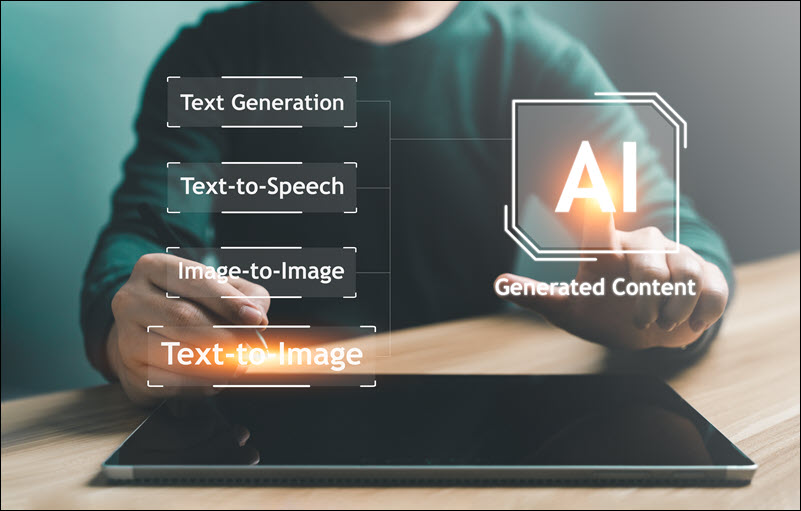
- AI misuse. The same capabilities that make AI a powerful tool hackers already use for malicious purposes, like generating deepfakes, producing fake content, automating DDoS attacks, and organizing phishing campaigns.
- Shallow outputs. AI systems rely heavily on statistical patterns in their training data. In nuanced or unfamiliar contexts, this can result in rigid or shallow outputs that only appear knowledgeable on the surface.
- Impact on the job market. Many workers fear the increasing use of generative AI could disrupt traditional job roles. While some see new opportunities emerging, uncertainty remains a genuine concern in many industries.
- Data privacy concerns. AI systems often require access to large datasets, raising concerns about personal privacy, consent, and data security.
How Do Businesses Use AI for Knowledge Generation?
Organizations quickly recognized that AI can boost the productivity of their workforce and reduce costs related to repetitive and data-intensive tasks. Businesses where generative AI has the greatest impact include:
- Customer support. One of the first areas where AI-generated knowledge found a way in a business environment. AI models can create useful customer-facing content, power intelligent chatbots, and extract insight from customer feedback. Communication with customers is personalized, and the quality of the responses is consistent. In addition, AI support is available 24/7/365 and can easily scale during peak periods.
- HR selection process. Human resources were also among the early adopters of generative AI. In many companies, the initial selection process is conducted using AI models. HR can also use AI tools to create personalized development and training paths for individual employees or analyze general employee sentiment.
- Marketing. AI models can generate SEO-optimized content, analyze customer data to refine marketing strategies, and help design targeted ad campaigns. By uncovering patterns and trends buried in large datasets, marketers can make faster, more informed decisions and deliver personalized campaigns.

- Retail and e-commerce. AI can forecast demand, identify market trends, and optimize supply chains. Retailers can also enhance the shopping experience by exploring ways to personalize and streamline payment flows through automation.
- Cybersecurity. AI programs can detect anomalies, identify potential risks, and take real-time countermeasures. Organizations can use AI-powered systems to predict potential attack vectors based on data analysis and proactively reinforce system vulnerabilities.
- Finance and risk analysis. Financial institutions are often at the forefront of technological advances. They use AI for risk modeling, fraud detection, algorithmic trading, and customer service. For example, banks can offer personalized financial recommendations by analyzing client behavior using generative AI.
- Healthcare. AI is transforming healthcare by improving diagnostics, speeding up drug development cycles, and personalizing treatment plans. AI applications in healthcare include medical imaging analysis, 24/7 patient monitoring, virtual health assistants, and identifying patterns in scans that human physicians might miss.
- Legal documentation and compliance. Reviewing legal documents is time-consuming and prone to human error. AI tools can generate or analyze contracts, regulatory reports, and compliance materials. While this streamlines workflows, legal professionals should always review outputs to ensure accuracy and mitigate risks from potential AI-generated errors or hallucinations.
Note: Learn more about the applications of AI in business.
Conclusion
AI is generating more and more content for humans, and this trend is likely to accelerate. Many challenges are ahead, but also significant opportunities for companies willing to innovate and find new ways to integrate generative AI.
If your organization handles sensitive data, find out if a public or private AI platform is a better fit based on your priorities and operational needs.
